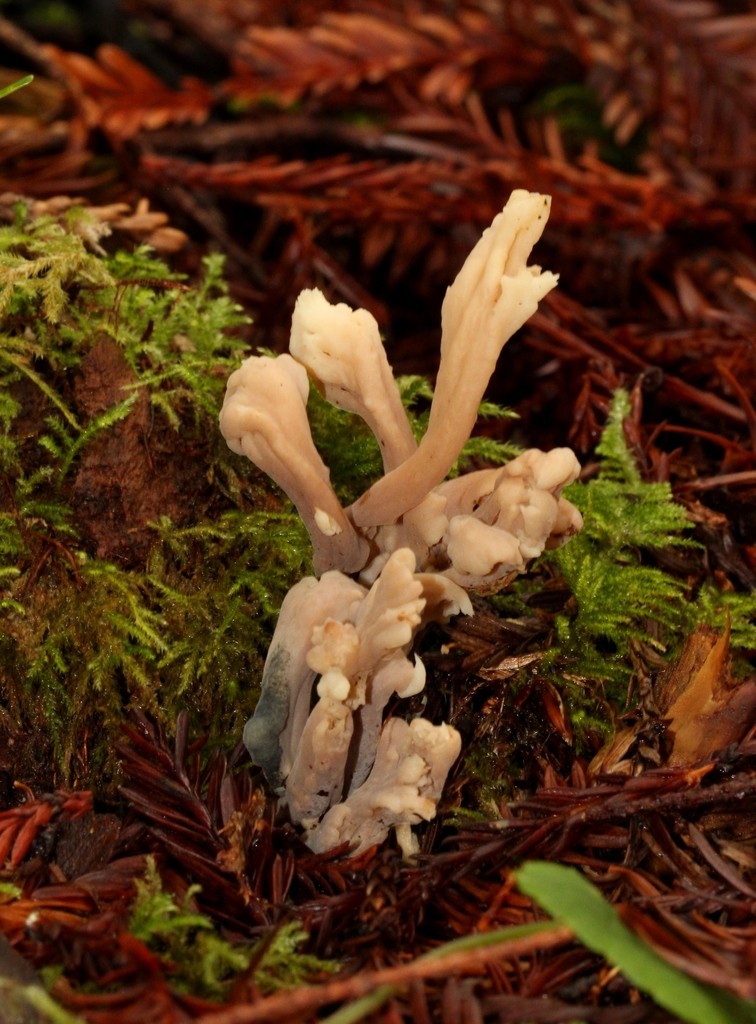Helminthosphaeria
Nom scientifique: Helminthosphaeria
Helminthosphaeria
Nom scientifique: Helminthosphaeria
 Photo By alan_rockefeller , used under CC-BY-4.0 /Cropped and compressed from original
Photo By alan_rockefeller , used under CC-BY-4.0 /Cropped and compressed from original La description
Helminthosphaeria est un groupe de petits champignons que l'on trouve généralement sur le bois en décomposition ou d'autres champignons. Ils se caractérisent par leurs structures en forme de flacon de couleur sombre appelées périthèces, qui contiennent des spores. Ces organismes jouent un rôle important dans les processus de décomposition des écosystèmes forestiers. Certaines espèces de helminthosphaeria sont connues pour être parasitaires sur d'autres champignons, en particulier ceux du genre Xylaria.
Espèces de Helminthosphaeria
Classification scientifique
Phylum
Ascomycota Classe
Sordariomycetes Ordre
Sordariales Famille
Helminthosphaeriaceae Genre
Helminthosphaeria